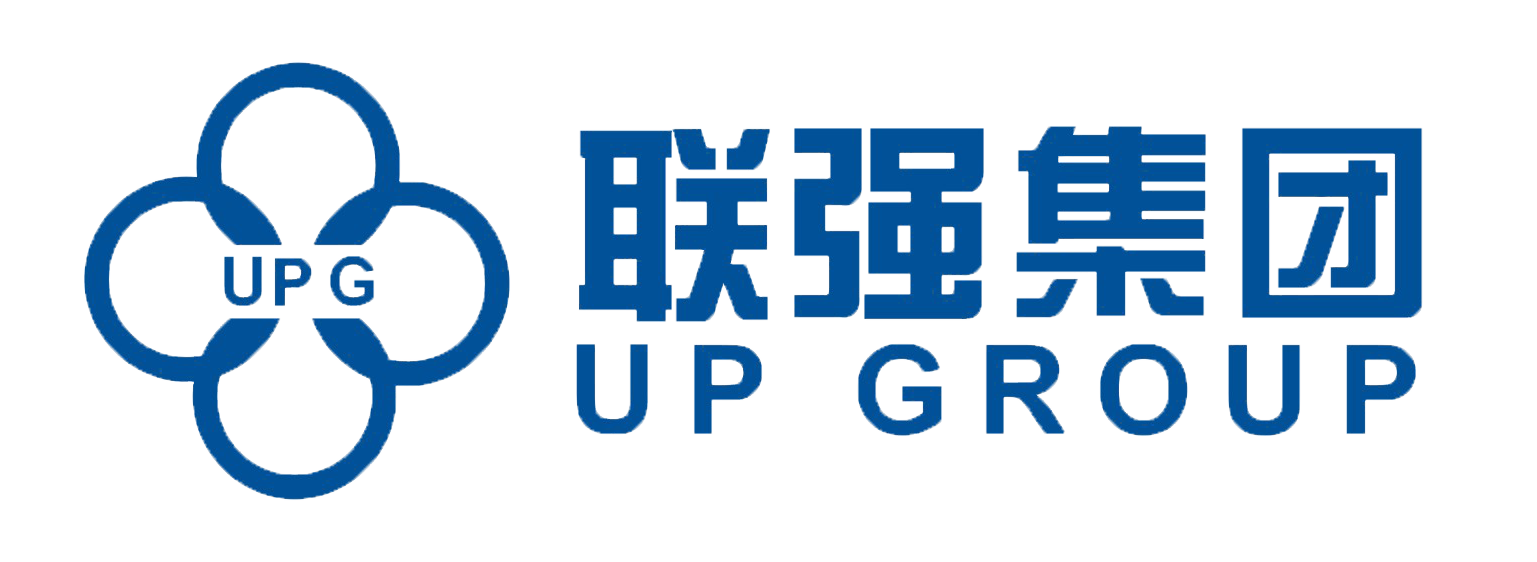According to Smithers’ research in The Future of Packaging: Long-Term Strategic Forecasts to 2028, the global packaging market will grow at an annual rate of nearly 3 percent between 2018 and 2028, reaching more than $1.2 trillion. The global packaging market grew by 6.8%, with most of the growth from 2013 to 2018 coming from less developed markets, for more consumers moving to urban areas and subsequently adopting more westernized lifestyles. This is driving packaging growth, and the e-commerce industry is accelerating this demand globally.
Numerous drivers are having a major impact on the global packaging industry.
Four key trends will emerge over the next decade.
01 The Impact of Economic and Population Growth on Innovative Packaging
The global economy is expected to continue its general expansion over the next decade, driven by growth in emerging consumer markets. The impact of the UK’s withdrawal from the European Union and the escalating tariff war between the US and China may cause short-term disruptions. Overall, however, incomes are expected to rise, thereby increasing consumer spending on packaged goods.
The global population will increase, particularly in key emerging markets such as China and India, and urbanization rates will continue to grow. This translates into increased consumer income on consumer goods, exposure to modern retail channels, and a growing middle class eager to access global brands and shopping habits.
Increasing life expectancy will lead to an aging population-especially in key developed markets such as Japan-which will increase the demand for healthcare and pharmaceutical products. Easy-to-open solutions and packaging suited to the needs of the elderly are fueling demand for smaller portion packaged goods, as well as additional conveniences such as resealable or microwaveable packaging innovations.
△ Small package trend
02 Packaging sustainability and eco-friendly packaging materials
Concerns about the environmental impact of products are a given, but since 2017 there has been a renewed interest in sustainability, with a particular focus on packaging.This is reflected in central government and municipal regulations, in consumer attitudes and in the values of brand owners communicated through packaging.
The EU is leading the way in this area by promoting circular economy principles. There is particular concern about plastic waste, and plastic packaging has come under particular scrutiny as a high-volume, single-use item. Numerous strategies are advancing to address the issue, including alternative materials for packaging, investment in developing bio-based plastics, designing packaging to make it easier to recycle and dispose of, and improving recycling and disposal mechanisms for plastic waste.
As sustainability has become a key driver for consumers, brands are increasingly keen on packaging materials and designs that visibly demonstrate their commitment to the environment.
With up to 40% of the food produced globally going uneaten – reducing food waste is another key goal for policy makers. This is an area where modern packaging technologies can have a significant impact. For example, high-barrier bags and steaming cans, which add additional shelf life to food, are particularly beneficial in less developed markets that lack refrigerated retail infrastructure. Many R&D efforts are improving packaging barrier technologies, including the integration of nano-engineered materials.
Minimizing food loss also supports the wider use of smart packaging to reduce waste in the distribution chain and to reassure consumers and retailers about the safety of packaged foods.
△ Recycling of plastics
03 Consumer trends – online shopping and e-commerce logistics packaging
The global online retail market continues to grow rapidly, driven by the popularity of the Internet and smartphones. Consumers are increasingly buying more goods online. This will continue to increase through 2028, and demand for packaging solutions (especially corrugated board) that can safely transport goods through more sophisticated distribution channels will increase.
More and more people are consuming food, beverages, pharmaceuticals, and other products on the go. The flexible packaging industry is one of the main beneficiaries of the growing demand for convenient and portable packaging solutions.
With the shift to single living, more consumers-especially the younger age group-tend to buy groceries more frequently and in smaller quantities. This is driving growth in convenience store retail and driving demand for more convenient, smaller-sized formats.
Consumers are increasingly interested in their health, leading to healthier lifestyles, such as demand for healthy foods and beverages, as well as over-the-counter drugs and nutritional supplements, which are also driving demand for packaging.
△ The development of packaging for e-commerce logistics
04 Brand Master Trends – Smart and Digital
Many brands in the FMCG industry are becoming increasingly international as companies seek new high-growth areas and markets. This process will be accelerated by 2028 by increasingly westernized lifestyles in major growth economies.
The globalization of e-commerce and international trade is also spurring demand from brand owners for packaging accessories such as RFID tags and smart labels to prevent counterfeit goods and better monitor their distribution.
△ RFID Technology
Industry consolidation of M&A activity in food, beverage, and cosmetic endpoints is also expected to continue. As more brands come under the control of one owner, their packaging strategies are likely to be integrated.
In the 21st century, less consumer brand loyalty will have an impact on custom or versioned packaging and packaging solutions. Digital (inkjet and toner) printing provides the key means to achieve this. Higher throughput presses dedicated to packaging substrates are now installed for the first time. This further aligns with the desire for integrated marketing, with packaging providing the means to link to social media.
Post time: Sep-01-2022




